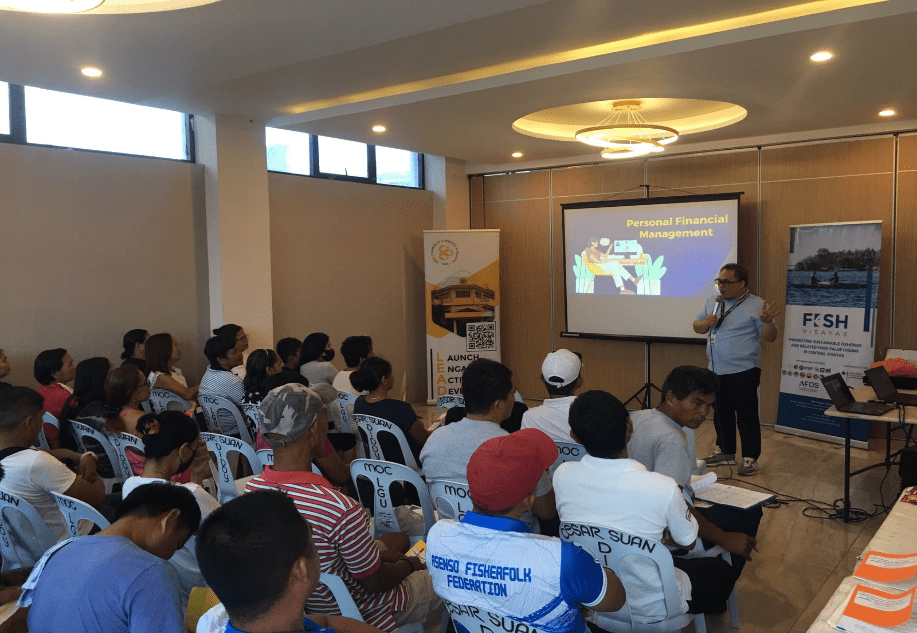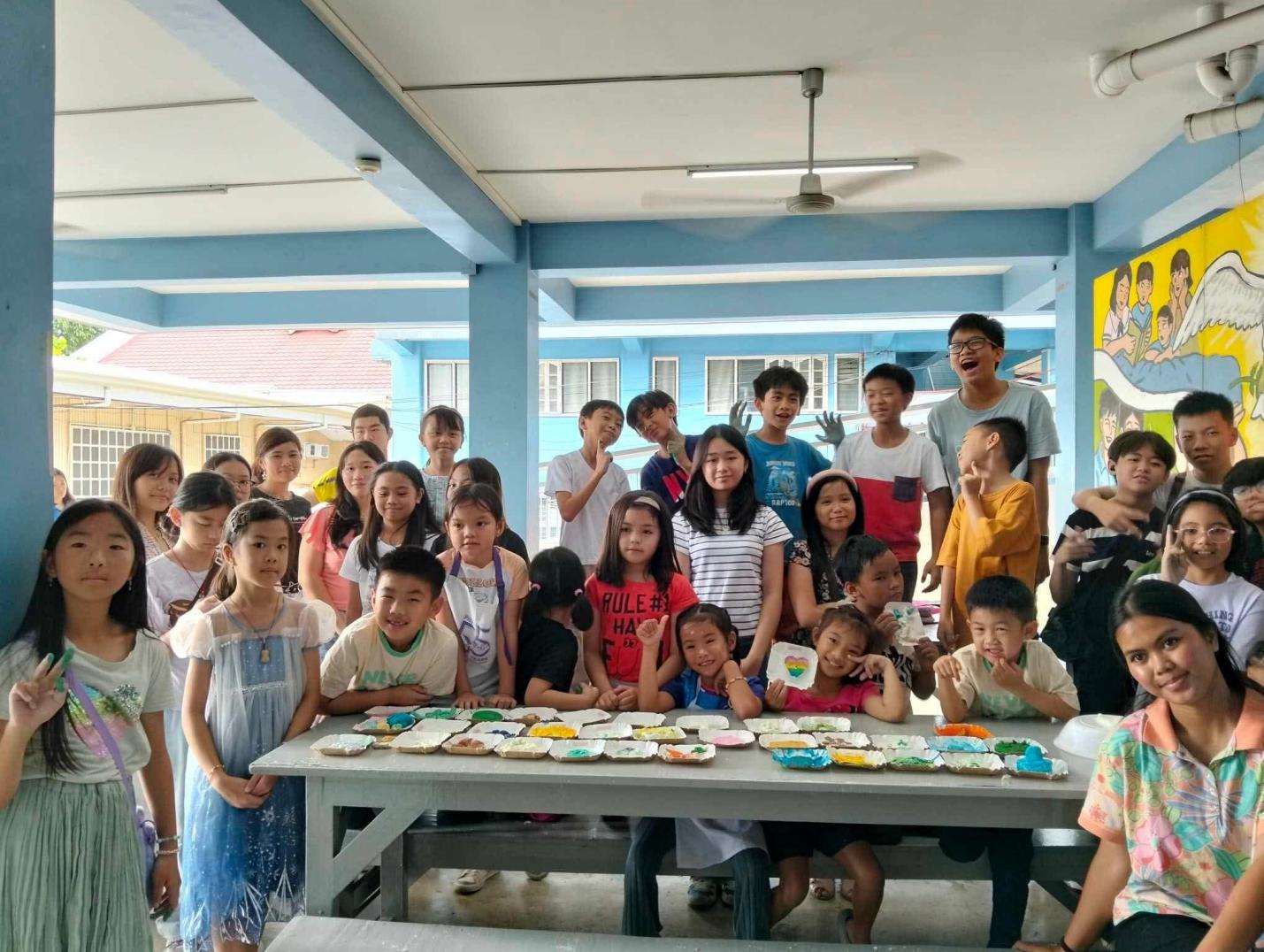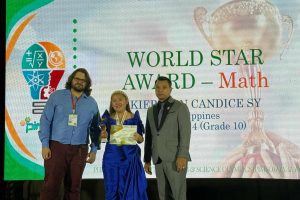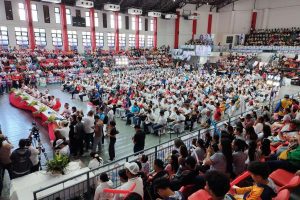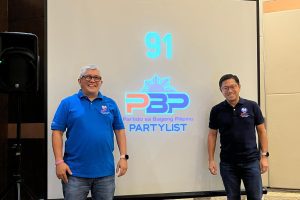MINERVA BC NEWMAN
CEBU CITY – As the schools and teachers prepare for the shift to blended and distance learning, the Concepcion National High School (CNHS) in Basilan in Mindanao has shown the nation how dynamic distance learning program help its students to become independent, analytical and resilient amid various challenges and crises.
According to CNHS principal Alawi Majad that in a place like Basilan where residents are affected by both natural and man-made calamities, education is also likely to be disrupted.
“Basilan has had a troubled history in the last half-century, marked by clashes between the military and Moro secessionists and attacks by terrorist groups. But while communities are constantly displaced, they brave hardship and strive to survive including continuing education,” Majad added.
To solve the challenges and issues on education and student learning in conflicted areas, a team of educators and service-oriented individuals develop the “Dynamic Learning Program” (DLP), an innovative learning strategy for an effective independent student learning.
The team composed of Ramon Magsaysay laureates Dr. Christopher Bernido and Dr. Ma. Victoria Carpio-Bernido, both theoretical physicists developed DLP initially to correct the poor academic performance in the Central Visayan Institute Foundation (CVIF) in their hometown in Jagna, Bohol, hence the initiative was called CVIF-DLP. It was initially adopted to strengthen their students’ competencies in science, technology, engineering and mathematics (STEM).
Majad bared that CNHS had similar problems as CVIF, such as low teacher-to-student ratio, as well as lack of equipment and learning resources, resulting in students’ poor academic performance.
The DLP was introduced and implemented at CNHS some eight years ago supported by Smart Communications, Inc. (Smart), PLDT Inc. (PLDT), and PLDT-Smart Foundation (PSF).
Majad further said that the methodology trains students to learn independently, with minimal intervention from teachers. Over the years, CVIF-DLP proved to be an effective, cost-efficient, and crisis-resilient method and it has helped more teachers and learners in the new normal.
“We noted significant improvements in their performance, and our mean percentage score in the National Achievement Test (NAT) gradually increased after we adopted DLP in 2012.” Majad added that CVIF-DLP is inclusive, promoting education for all Filipino learners.
The success of CNHS in transitioning to remote classes amid the COVID-19 pandemic prompted the DepEd Division of Basilan to adopt CVIF-DLP in all schools. CNHS teachers and other long-time implementers of the methodology were tapped to facilitate trainings for the school heads and teachers from all over Basilan.
At the recently concluded 2020 National Kick-off for School Readiness, the Department of Education (DepEd) announced the deployment of CVIF-DLP as a supplemental learning resource for school year 2020-2021.
According to DepEd Undersecretary Nepomuceno Malaluan CVIF-DLP has developed numerous activity sheets and they work not only with private schools, but also with public schools. They attest to the effectiveness of this teaching method.

“CVIF-DLP’s methodology’s Learning Activity Sheets (LAS) will be available in DepEd Commons soon. Even pre-COVID, CVIF-DLP has been effective in promoting independent student learning. Ito ay akmang-akma sa panahon na ito,” Malluan added.
The CVIF-DLP learning methodology
Supported by Smart, PLDT, and PSF since 2010, the CVIF-DLP is available in various delivery modalities. It can ensure continuous education even for learners with limited or no internet connectivity.
It is also among the learning tools included in Smart’s School-in-a-Bag portable digital classroom, which has reached over 60,000 students and more than 2,000 teachers.
Smart and PSF have also helped roll out CVIF-DLP workshops for over a decade, the most recent of which was the web forum “No Learner Left Behind: Education for all in the new normal”. The virtual event drew over 400,000 viewers to its three-day run in the Smart Communities Facebook page.
One of the key CVIF-DLP components that was critical to its success is the activity-based multi-domain learning. Students are each given a Learning Activity Sheet (LAS) which contains the lesson that they need to copy, read, and learn, as well as questions and exercises to be answered and accomplished.

Indicated on the LAS are the topic and the simple, specific learning target, as well as reference materials and a summary of the lesson. This trains students to be focused on the lesson and to develop analytical skills.
According to a program primer, a CVIF-DLP student answers an average of 5,000 questions/activities per year. Contrary to the general misconception associated with distance learning, there is no need for gadgets. Students are not even allowed to use calculators for math lessons.
Majad is proud that CNHS helped shine a light on CVIF-DLP and share it with other schools in these difficult times. Basilan is indeed, as the early merchants and travelers once called it, the “island of hope.” (Photo: Smart/PLDT)




